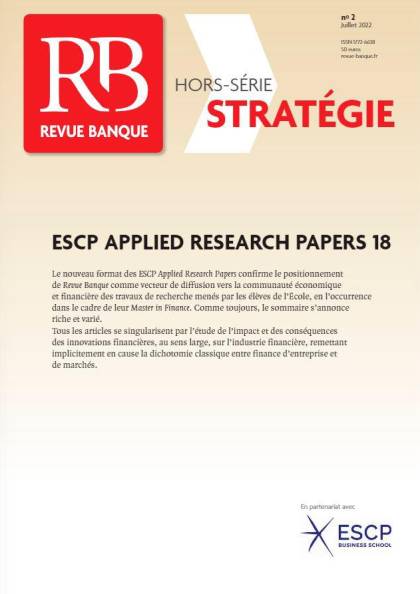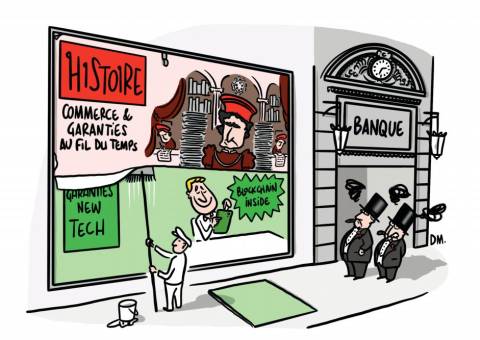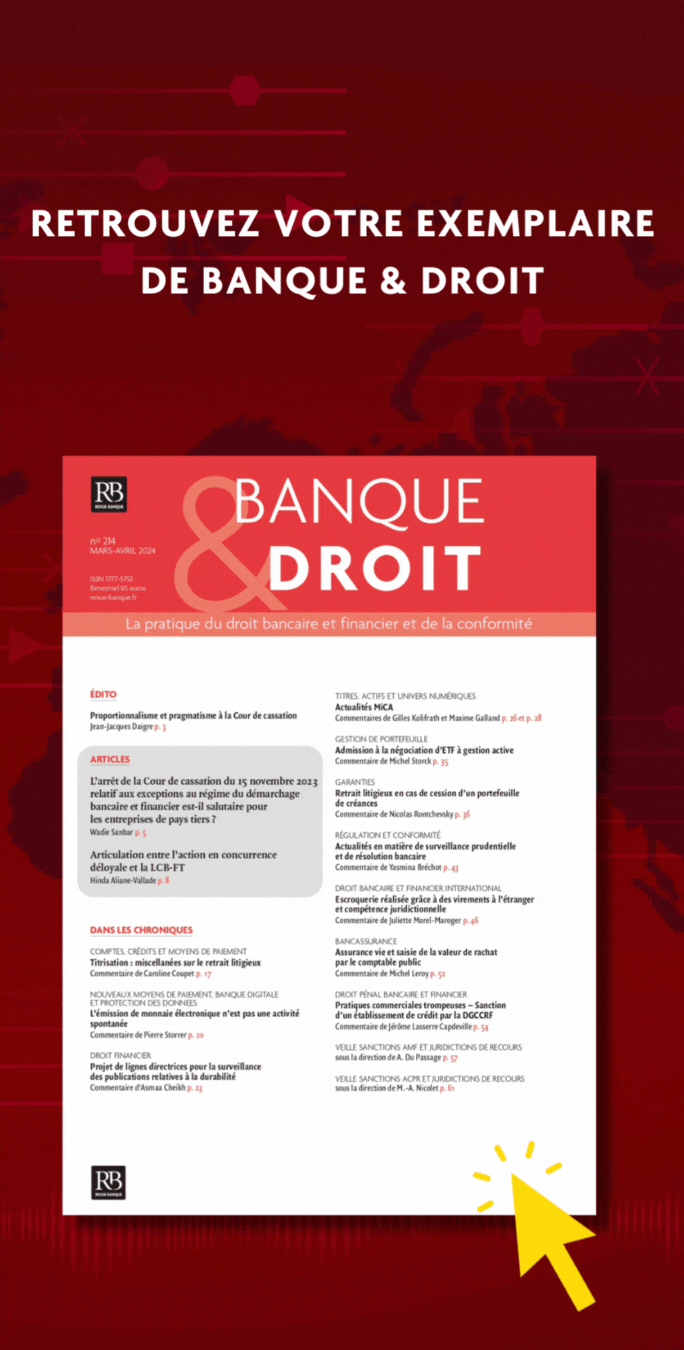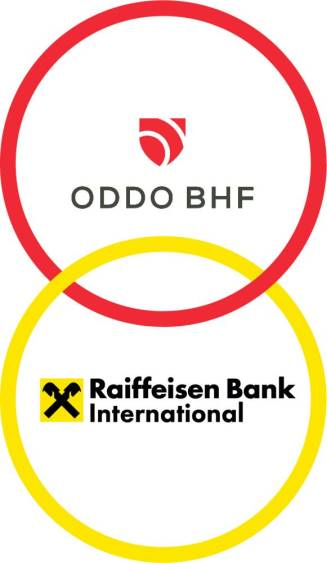
When Uncertainty and Investor Sentiment Come Together
Créé le
22.08.2022In recent years, financial theory has become increasingly interested in estimating market sentiment. According to Baker (2007), it is no longer a question of knowing whether sentiment has an impact on the market, but rather how to measure it and understand its causes. This understanding is essential to be able to control one’s strategy as well as possible because, as Keynes said in 1936, “Markets can remain irrational longer than you can remain solvent”. One intuition of Baker (2007)
is that sentiment plays a more important role in the investment decision as the subjectivity around the valuation of the company is important. According to him, young, unprofitable companies that do not pay dividends and that are highly volatile will be the most influenced by market sentiment. This hypothesis
of the relationship between uncertainty and the influence of market sentiment
is the main reflection of this paper.

This study involves the creation of a market sentiment index using data from the social network Twitter and Thomas Renault’s (2017) dictionary. An analysis of the link between market sentiment and its benchmark index (in this case the S&P500) is done first before giving way to a specific analysis of the link between uncertainty and market sentiment, the results of which confirm Baker’s intuitions.
The use of social networks has allowed us to enter into a new dimension in the estimation of investor sentiment. Indeed, they reach the same results as surveys’ while freeing themselves from the obvious ...



![[Web Only] Tarifs bancaires : les banques amortissent l’inflation [Web Only] Tarifs bancaires : les banques amortissent l’inflation](http://www.revue-banque.fr/binrepository/480x320/0c0/0d0/none/9739565/MEBW/gettyimages-968963256-frais-bancaires_221-3514277_20240417171729.jpg)






